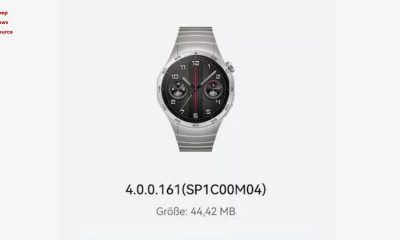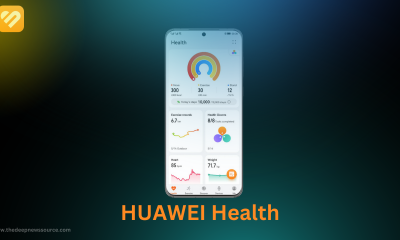News
Samsung One UI 3.1: Release date, eligible devices, latest news, features and more
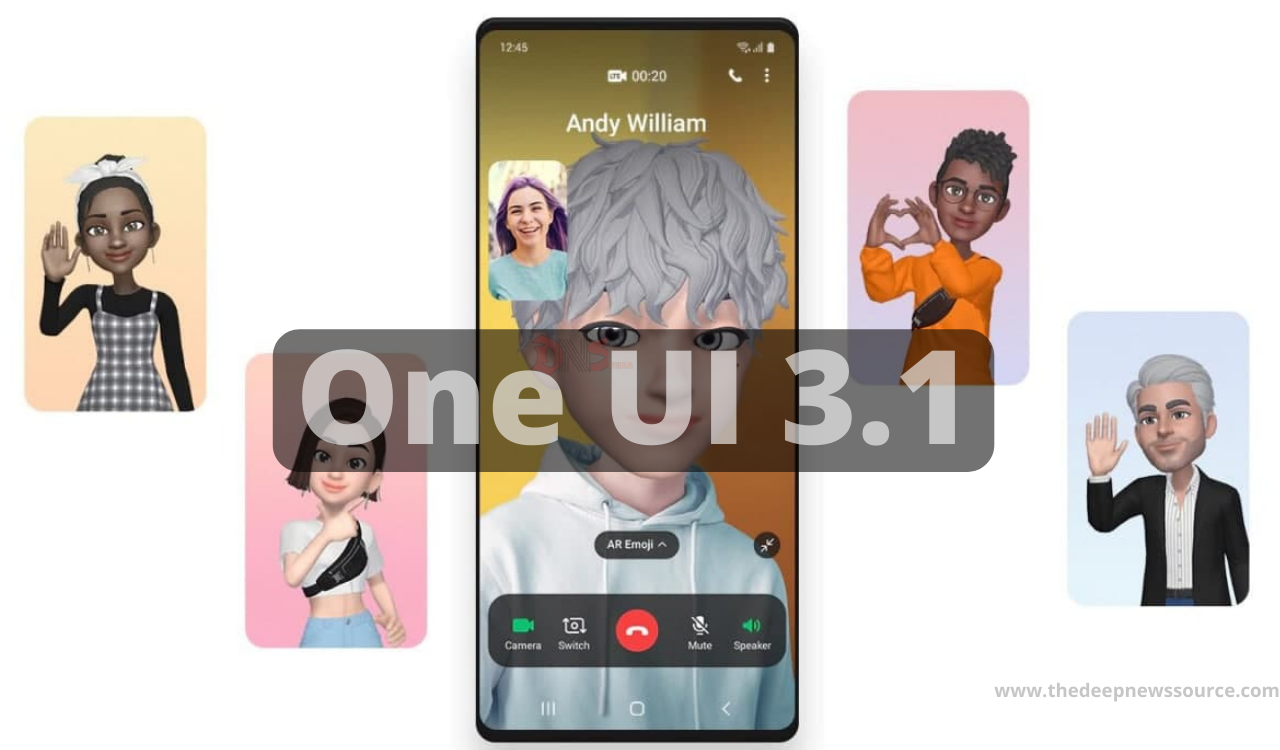
The Korean tech giant Samsung has busy to providing Android 11-based One UI 3.0 beta/stable updates to its eligible devices. The company has already released the stable version of this update to its so many devices, but some of the devices yet waiting for the One UI 3.0 update. According to the news the company has taken a few more weeks to release this update for those devices that have not received yet.
Now Samsung has moved forward to its new Android OS version called Samsung One UI 3.1 basically this version is an upgraded version of the One UI 3.0 and it is eligible for almost all these devices that have got the One UI 3.0 update. The latest version One UI 3.1 fully filed the feature which comes with One UI 3.0. Apart from these, it comes with lots of other unique features. Now in this article, our DNS team provides you information about this latest version and stays connected with us, we will keep sending you all the further information related to it.
Samsung One UI 3.1 All you Need to Know:
- ELIGIBLE DEVICE LIST
- One UI 3.1 Features
- New Camera features in One UI 3.1
- Other Changes in One UI 3.1
- RELEASE DATE
Samsung ONE UI 3.1 ELIGIBLE DEVICE LIST:
Galaxy S Series
- Galaxy S21
- Galaxy S21+
- Galaxy S21 Ultra
- Galaxy S20 FE
- Galaxy S20 FE 5G
- Galaxy S20
- Galaxy S20 5G
- Galaxy S20+
- Galaxy S20+ 5G
- Galaxy S20 Ultra
- Galaxy S20 Ultra 5G
- Galaxy S10 5G
- Galaxy S10+
- Galaxy S10
- Galaxy S10e
- Galaxy S10 Lite
Galaxy Note Series
- Galaxy Note 20
- Galaxy Note 20 5G
- Galaxy Note 20 Ultra
- Galaxy Note 20 Ultra 5G
- Galaxy Note 10+
- Galaxy Note 10+ 5G
- Galaxy Note 10
- Galaxy Note 10 5G
- Galaxy Note 10 Lite
Galaxy Fold Series
- Galaxy Z Fold 2
- Galaxy Z Fold 2 5G
- Galaxy Z Flip
- Galaxy Z Flip 5G
- Galaxy Fold
- Galaxy Fold 5G
Note: The list given above that the company has not yet officially announced. It is created by looking at their specification.
Samsung One UI 3.1 Features:
- Google Discover feed integration
- Google Home Device Controls
- Google Duo integration
- Video call effects
- Remove GPS location data from photos & Private Share
- Continue apps on other devices
- Eye comfort shield
- Object eraser
Also, the company has provided more features in the camera section you can take one look at the new camera features in One UI 3.1.
New Camera features in One UI 3.1:
- Director’s view
- Vlogger view
- Single Take 2.0
- Focus enhancer
Apart from these company has little bit changes few things, you can also check these changes.
Other Changes in One UI 3.1:
- The device now offers a larger selection of vibration patterns for calls.
- The Sounds and vibration settings now also include an option to select vibration patterns for notifications.
- You can now access Home Screen settings from within the Settings app.
- Samsung has added a new option in the Privacy settings that lets you turn off customization services (ads/personalized recommendations) while using mobile data.
- One UI 3.1 includes a couple of additional custom call backgrounds,
- The Clock app now includes a new Bedtime mode & wake up alarms.
- Live focus and Live Focus video in the camera app have been renamed to Portrait and Portrait video.
- Samsung Free is now available as a standalone app.
RELEASE DATE OF SAMSUNG ONE UI 3.1:
Samsung has launched the Android 11-based One UI 3.1 on January 14, 2021, with the Galaxy S21 series.
IF YOU LIKED OUR ARTICLE, YOU CAN FOLLOW US ON OUR GOOGLE NEWS AND TELEGRAM CHANNEL ALSO YOU CAN JOIN OUR DISCUSSION GROUP ON TELEGRAM.
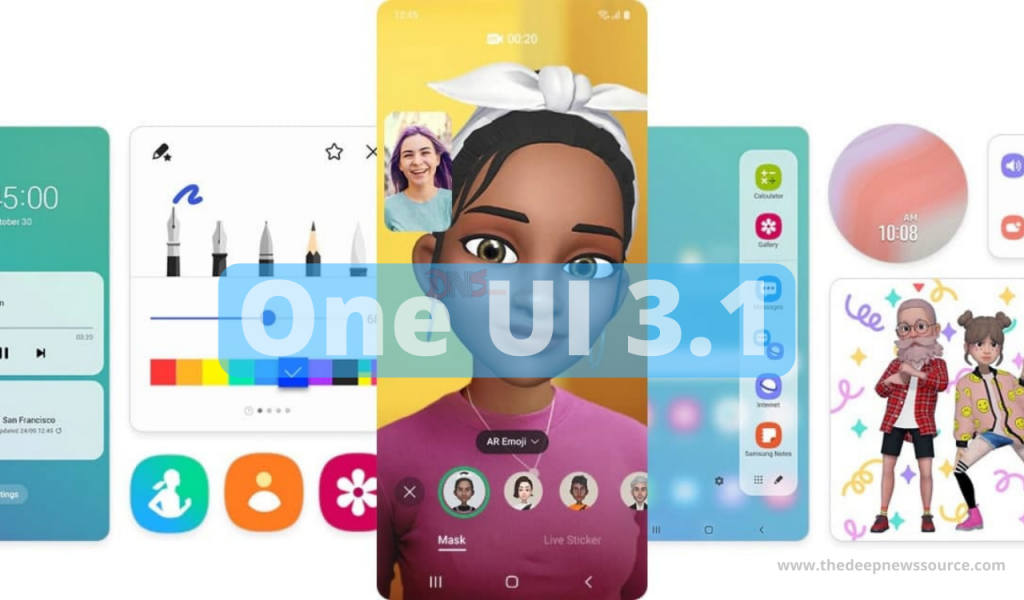
News
Samsung Expands DIY Repair Program to Include Galaxy S23, Z Fold 5, Flip 5, and More
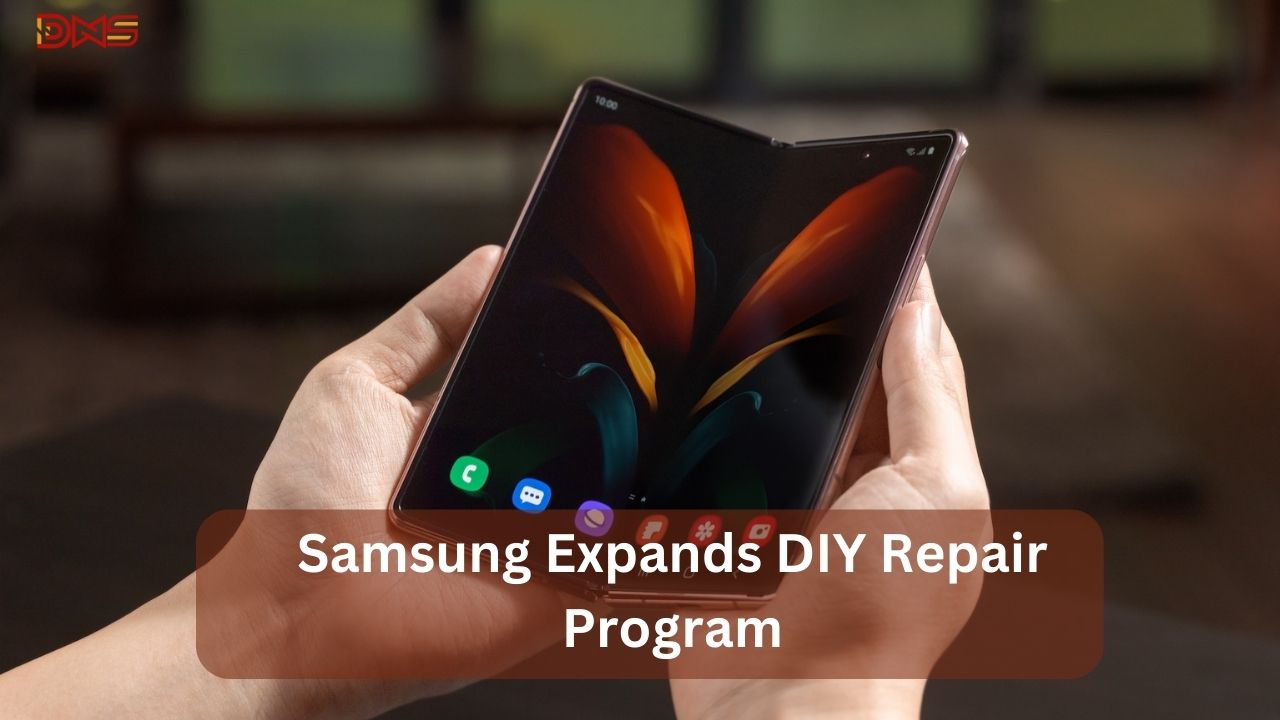
Samsung is making it easier for users to fix their devices by expanding its DIY repair program. In a recent announcement, Samsung shared that over a dozen new devices will be included in the Self-Repair program. Among them are the Galaxy Z Fold 5 and Galaxy Z Flip 5, marking the introduction of DIY repair options for Samsung’s foldable phones.
The Self-Repair program will provide users with access to parts and guides for fixing their devices at home. Samsung [Samsung Newsroom Post] is taking a step towards empowering users to take control of their device maintenance, offering support for popular devices like the Galaxy Z Fold 5 and Galaxy Z Flip 5 in this latest expansion.
Until now, Samsung mainly provided DIY repair options for its regular smartphones, tablets, and laptops. However, when it came to the more intricate foldable models like the Galaxy Fold and Flip, the company limited users to professional repair services due to the complexity of these devices.
Now, in a noteworthy move, Samsung is expanding its DIY repair support to include its foldable models, starting with the Galaxy Z Fold 5 and Galaxy Z Flip 5. This means users will soon have the option to tackle repairs at home, marking a shift in Samsung’s approach to empower users in maintaining and fixing their foldable devices.
This development follows Google’s recent introduction of DIY repair options for its Pixel Fold, though it’s worth noting that repair parts for the Pixel Fold can be relatively expensive, such as the inner screen alone costing $900. As Samsung joins the DIY repair trend for foldables, it’ll be interesting to see how this impacts the accessibility and affordability of maintaining these innovative devices.
The full list of new Self-Repair options for Galaxy devices includes:
- Galaxy Z Fold 5
- Galaxy Z Flip 5
- Galaxy S23
- Galaxy S23+
- Galaxy S23 Ultra
- Galaxy S23 FE
- Galaxy A05s
- Galaxy Tab S9
- Galaxy Tab S9+
- Galaxy Tab S9 Ultra
- Galaxy Tab S9 FE
- Galaxy Tab S9+ FE
- Galaxy Tab A9
- Galaxy Tab A9+
- Galaxy Book 2 Pro (15-inch)
- Galaxy Book 2 Pro 360 (15-inch)
Samsung is making its Self-Repair program available to more people around the world. The program is spreading to South Korea and over 30 European countries, including places like Denmark, Greece, Hungary, and Portugal. However, it’s important to note that, as of now, these new devices are not yet supported in the United States, and parts are not available from Samsung’s retail partner, iFixit.
via:- 9to5google/samsungnewsroom/ifixit
Huawei
Huawei Quick App Center gets the latest version 13.5.1.201 [APK]
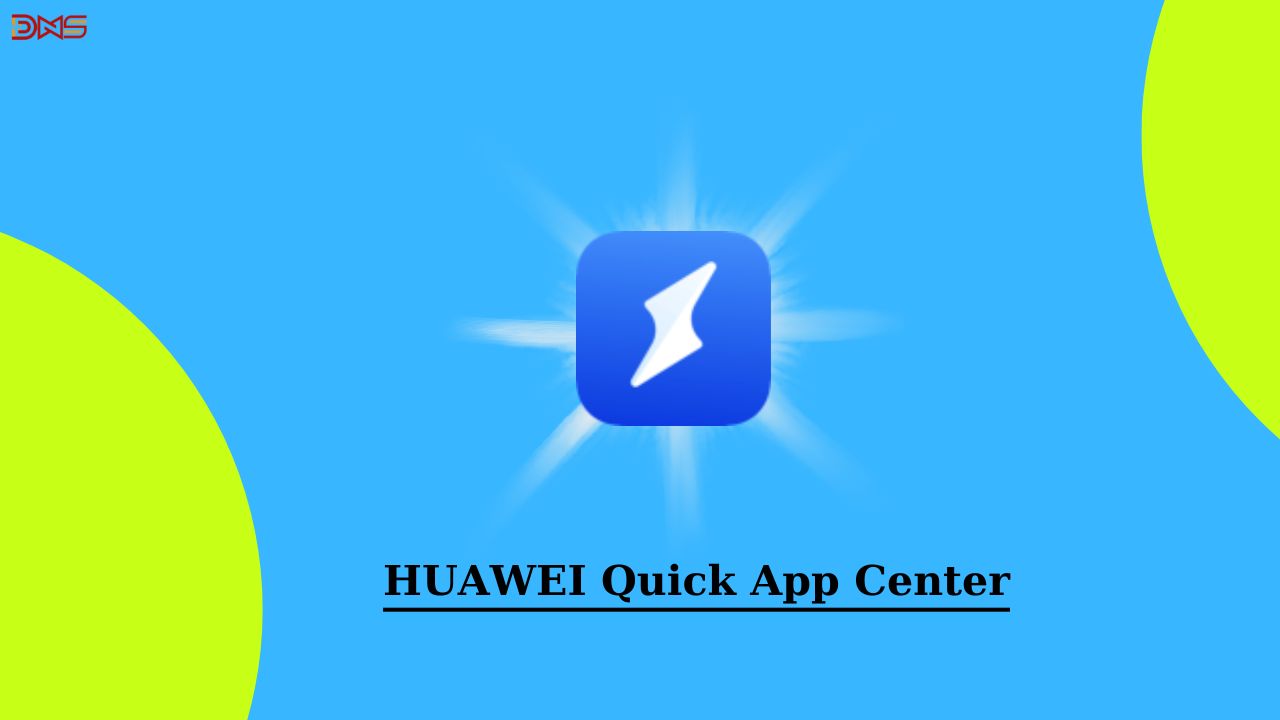
Huawei has recently revamped its pre-installed applications, including Huawei Health, Huawei Assistant, and AppGallery. The latest update introduces the Huawei Quick App Center, marking a significant change. This update reflects Huawei’s commitment to enhancing user experience and providing streamlined access to applications.
The latest update for the Quick App Center app comes with version number 13.5.1.201 and the installation size is 74.01 MB. With this new update, the company has fixed some known issue bugs. For a better app experience, you should install this latest build on your Huawei devices, below you can check the download link.
SOFTWARE INFORMATION:-Application name:
Update Version:
Update Size:
|
DOWNLOAD LINK:-
| Huawei Quick App Center V13.5.1.201 APK |
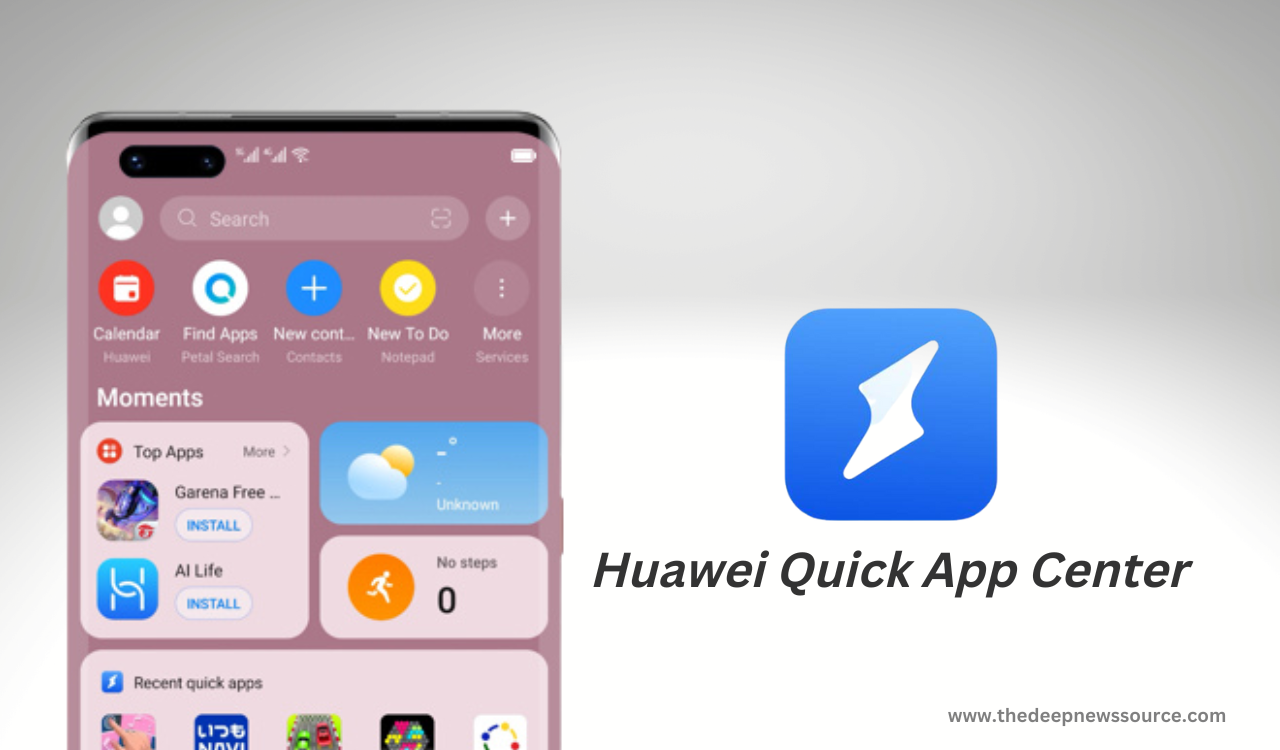
HUAWEI QUICK APP CENTER:-
As per the official introduction, the Huawei Quick app Center allows users to use and manage apps without installation. Also, this application provides the feature to create the app shortcut on your device’s Home Screen. The best part of the Quick app is that it takes up very little space on your device and it has been updated automatically to increase your work experience.
| Telegram | Google News | TwitterX |
Harmony OS
HarmonyOS NEXT Lands in 2024: Huawei CEO Sets Big Goals
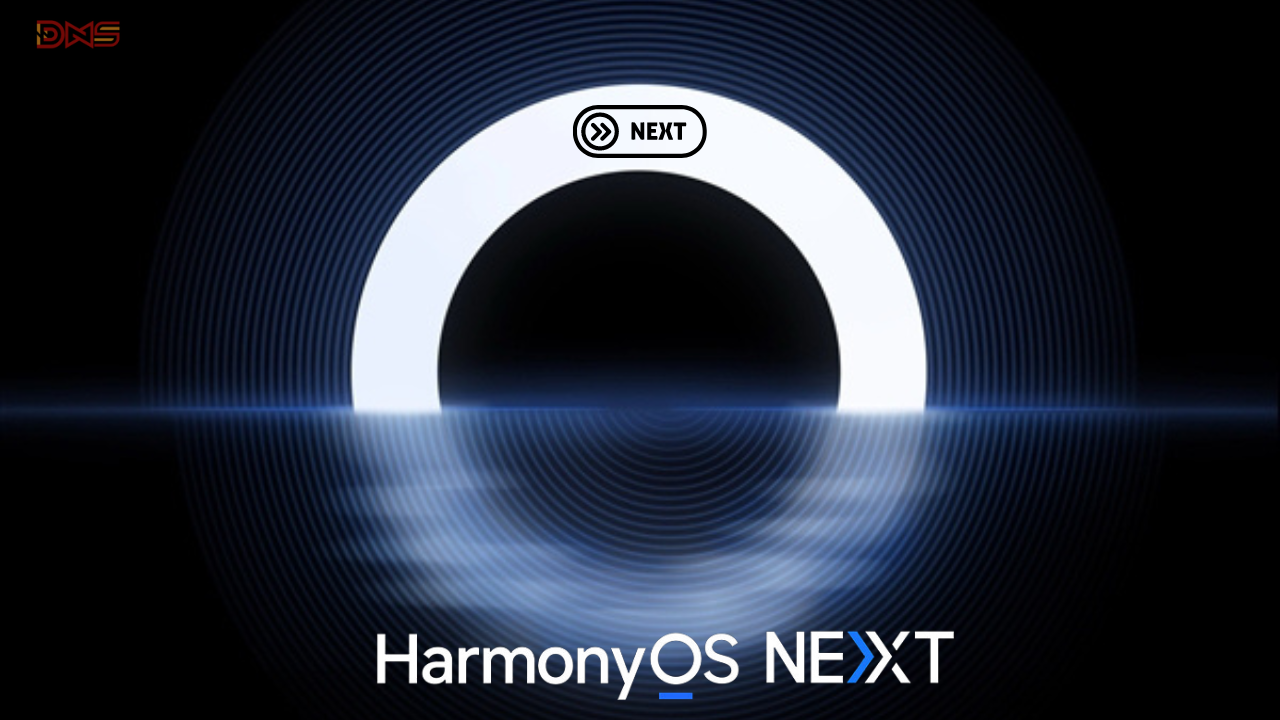
Huawei’s big boss just hinted at exciting new things for their software in 2024! Expect fresh products built on their latest HarmonyOS NEXT system.
During the Fan Club (Pollen) Annual Conference 2023, Yu Chengdong announced that Huawei plans to reveal several advanced products next year. He also predicted the launch of HarmonyOS NEXT products and improved native application experiences in 2024.
The CEO didn’t share when exactly the new software and native applications would be released, but we can anticipate the official reveal to happen in early 2024.
Huawei needs to make HarmonyOS fully independent and essential without relying on Android libraries soon. Hopefully, the company will speed up its efforts in the coming days.
Many app developers, such as Alipay, McDonald’s, HiPaint, Bank of Communications, and others, have joined native app development for HarmonyOS. The goal is to create a strong app ecosystem independent of Android and iOS.
Huawei is set to offer HarmonyOS-based courses, with approval for 55 projects and over 10 universities planning to launch these courses soon.
Huawei plans to introduce apps in more than 18 categories, focusing on digital and financial sectors. According to Yu Chengdong, these native HarmonyOS applications aim to be smoother, smarter, safer, and more comprehensive compared to iOS and Android.




